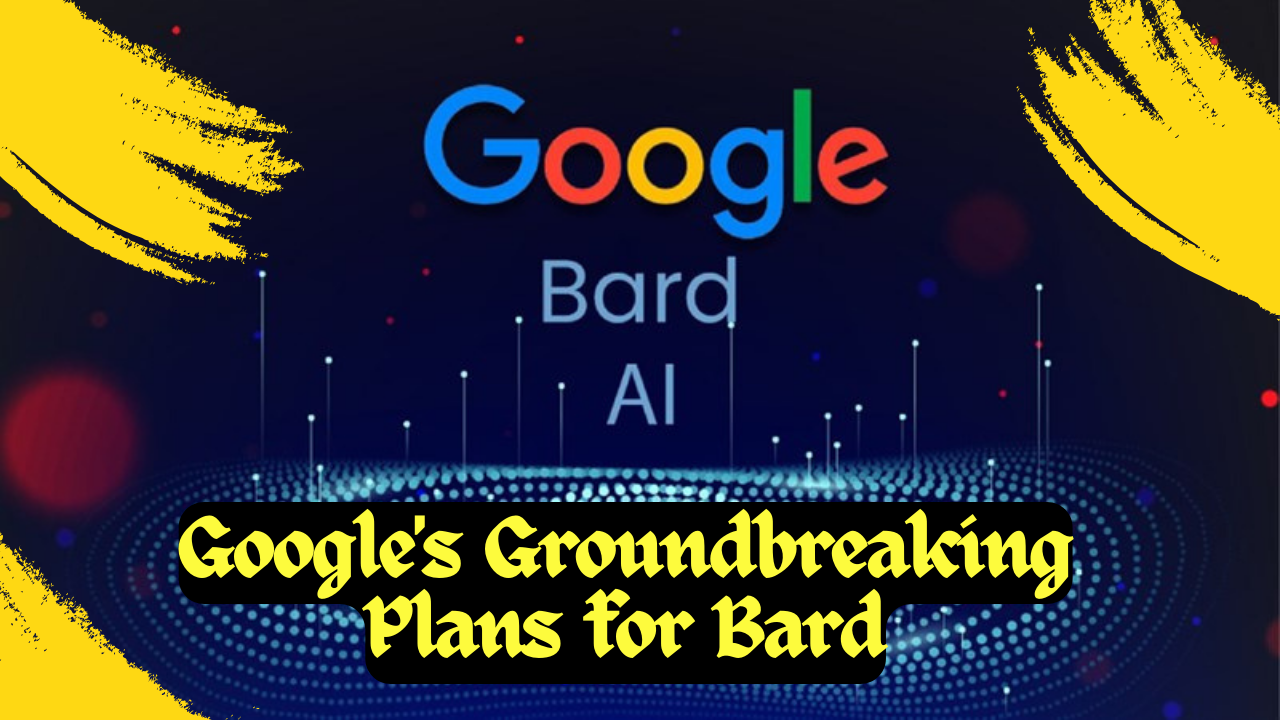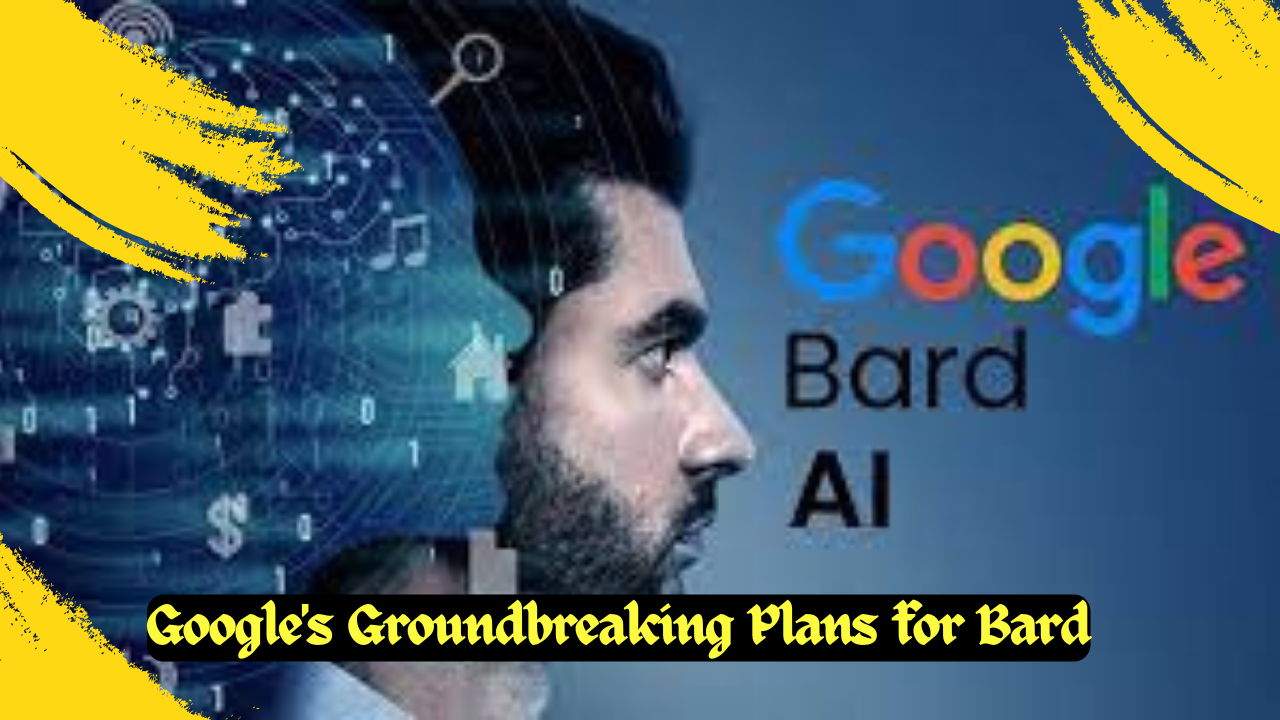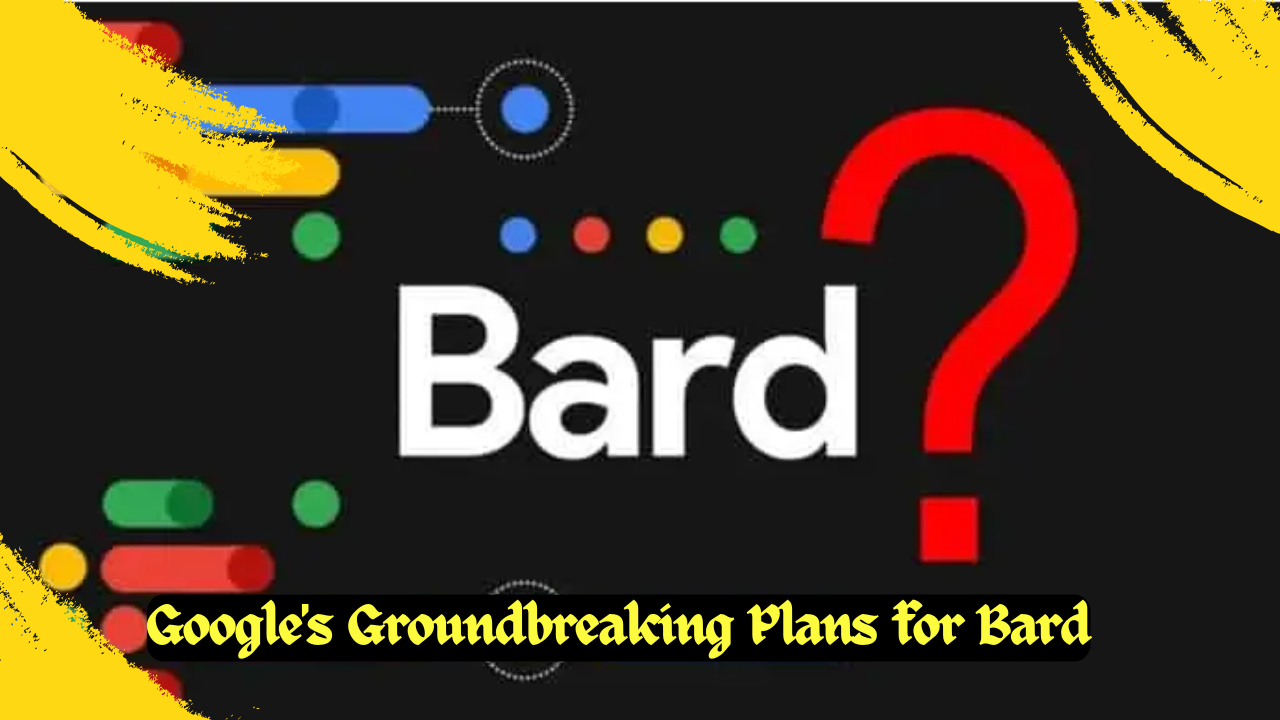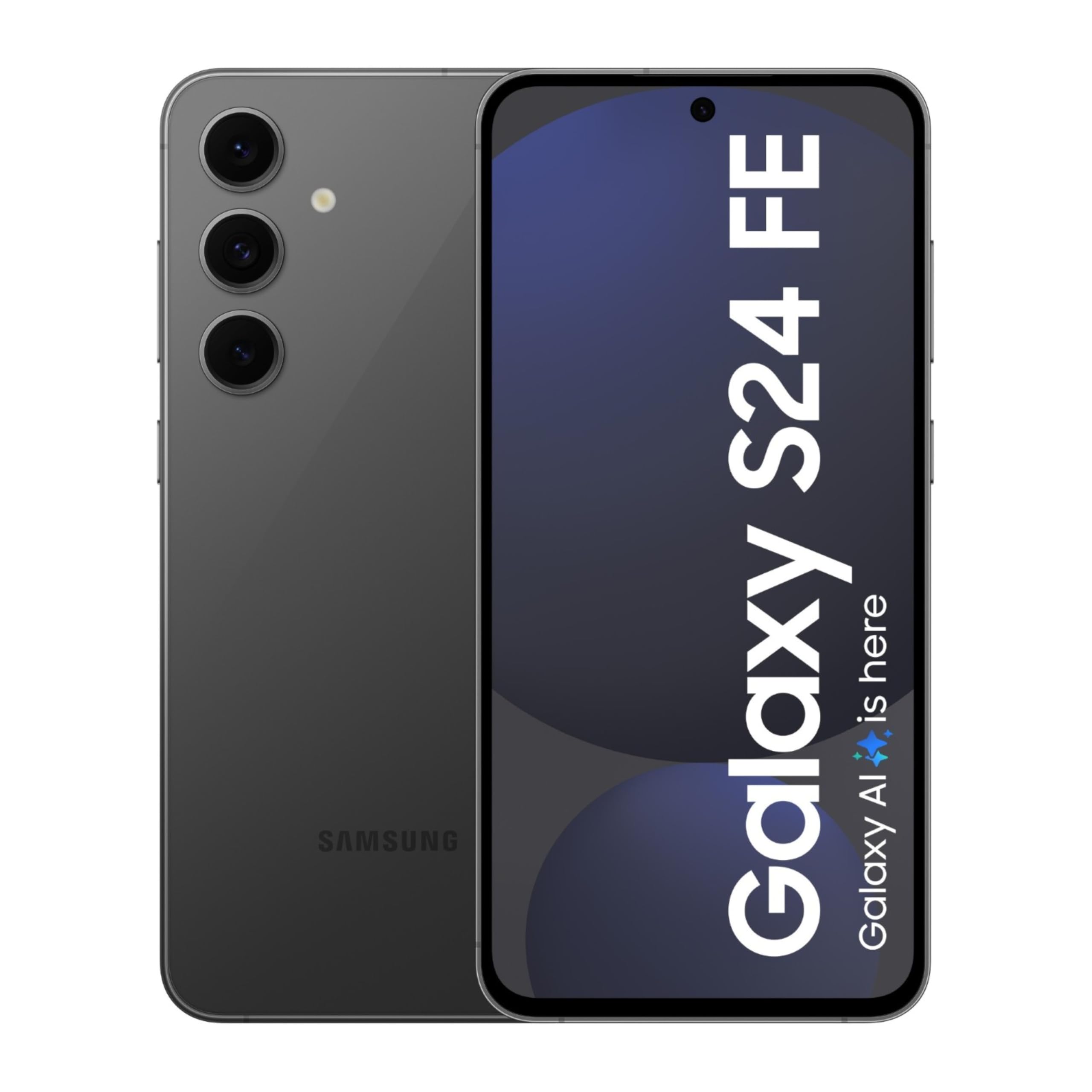Google's Groundbreaking Plans for Bard: AI Chatbot Bard Aiming to Rival YouTube and Google Search
Discover Google's groundbreaking plans for Bard, an AI-powered chatbot set to rival YouTube and Google Search. Explore how Bard integrates with Google Assistant, Google's broader AI ambitions, and the growing competition in the AI space. Uncover Bard's challenges, Google's commitment to improvement, and the company's vision for integrating Bard into its ecosystem. Get insights into Bard's capabilities, Google's announcement, and the potential impact on the future of information interaction. Stay informed about the latest developments as Bard evolves and transforms the landscape of AI technology.
Google's groundbreaking plans for Bard
Introduction: Google's groundbreaking plans for Bard
Google, the tech giant, has recently disclosed its ambitious plans for Bard, an experimental chatbot driven by artificial intelligence (AI). The company envisions Bard as a revolutionary tool to engage users, making AI more accessible and beneficial in everyday scenarios. Jack Krawczyk, the product lead for Bard, shared insights during an interview at the Reuters NEXT conference in New York, emphasizing the goal to create a product with a user base of two billion.
Integration with Google Assistant:
A crucial aspect of Google's strategy involves integrating Bard's capabilities with Google Assistant, a widely-used tool for tasks like setting timers and executing commands. Initially available on mobile devices, this integration aims to introduce AI to a broader audience, aligning with Google's overarching mission to expand the use of AI across its product spectrum.
Google's Broad AI Ambitions:
Google's overarching ambition includes expanding AI usage, with parent company Alphabet already boasting six products, such as Google Search and YouTube, each with billions of users. This move positions Bard as a pivotal player in Google's AI portfolio, targeting widespread adoption.
Growing Competition:
While Google faces growing competition in the AI space, with Amazon upgrading Alexa and OpenAI enhancing ChatGPT, Bard has exhibited promising growth. Data from Similar Web indicates a 2% increase in Bard's web traffic in October, reaching 8.7 million. However, challenges like hallucinations, where the chatbot generates non-existent content, have emerged.
Google's Commitment and Challenges:
Despite challenges, Google remains committed to enhancing Bard's capabilities and accommodating a large user base. The company is currently not prioritizing monetization avenues like a subscription model or ads, focusing instead on improving Bard's helpfulness and reliability.
Bard's Evolution and Google's Vision:
On November 10, 2023, Google unveiled plans to elevate Bard's popularity to the levels of YouTube and Google Search. Bard, powered by LaMDA (Language Model for Dialogue Applications), is under active development, showcasing proficiency in various tasks, including generating creative text formats, answering diverse questions, and following instructions.
Integration into Google Ecosystem:
Google envisions integrating Bard into existing products like Search, Maps, and YouTube, fostering more natural interactions. The company is also working on a Bard API to empower developers to build applications and services infused with Bard's capabilities.
Conclusion: Google's groundbreaking plans for Bard
Google's vision for Bard is undeniably ambitious, aligning with its history of successfully developing and launching innovative products. As Bard evolves, it holds the potential to reshape how we interact with information, making AI an integral part of our daily lives. Stay tuned for the exciting developments as Bard continues to grow and impact the tech landscape.
FAQs related Google's groundbreaking plans for Bard:
1. What is Google's AI chatbot Bard?
Google's AI chatbot Bard is an experimental conversational AI service powered by LaMDA (Language Model for Dialogue Applications). It is designed to assist users in brainstorming ideas and fetching information from the internet in a customized manner.
2. How does Bard differentiate itself in the AI space?
Bard sets itself apart by aiming to make AI more accessible and useful to everyday consumers. It focuses on personalized interactions, making it distinct in its approach to information retrieval and brainstorming.
3. What are Google's plans for integrating Bard with other products?
Google plans to integrate Bard's capabilities with Google Assistant, initially on mobile devices. This integration is part of Google's broader strategy to expand the use of AI across its ecosystem, including products like Search, Maps, and YouTube.
4. How does Bard contribute to Google's user base goals?
Google envisions Bard as a pathway to creating another product with a user base of two billion, a milestone achieved by only a few products. The integration with popular tools like Google Assistant aims to introduce AI to a broader audience.
5. How does Bard address challenges in the AI space?
While Bard has faced challenges like hallucinating non-existent content, Google is committed to improving its functionality and ensuring effective user accommodation. The focus is currently on enhancing Bard's helpfulness rather than exploring monetization opportunities.
6. When did Google reveal its plans for Bard?
On November 10, 2023, Google announced ambitious plans to make its AI chatbot Bard as popular as YouTube and Google Search.
7. What tasks can Bard perform during its development phase?
Bard, even in its developmental stage, can generate various creative text formats, answer open-ended questions informatively, and follow instructions to complete diverse requests.
8. Is Google planning to make Bard accessible to developers?
Yes, Google is actively working on making Bard more accessible to developers. The company plans to release a Bard API, allowing developers to build their applications and services powered by Bard.
9. What is Google's vision for Bard's role in information interaction?
Google sees Bard as a means to make information more accessible and engaging globally. The intention is to integrate Bard into various Google products and services, enabling users to interact with it in a natural and seamless manner.
10. What is the expected impact of Bard on the future of information interaction?
Google's plans for Bard are ambitious, and the company's successful track record in launching new products suggests potential transformative effects on how we interact with information. The ongoing development and integration of Bard will likely shape the landscape of AI technology in the coming years.
Written by: Md Muktar Hossain


























